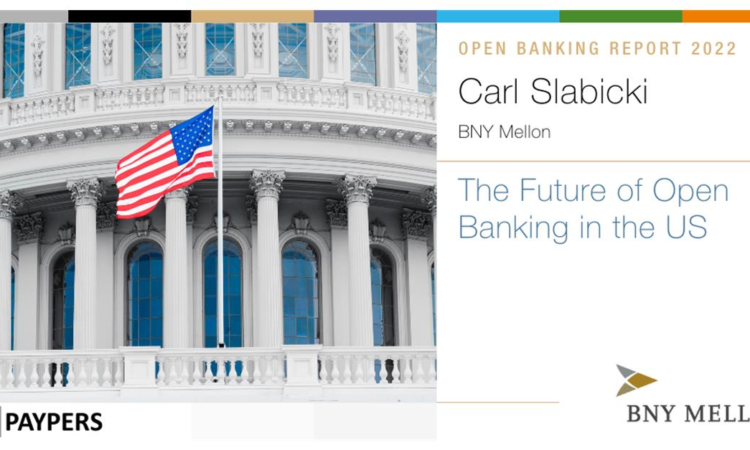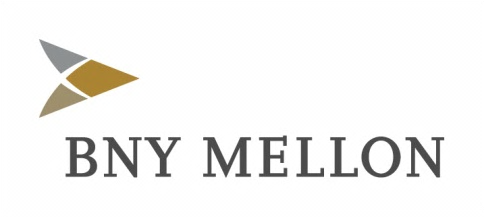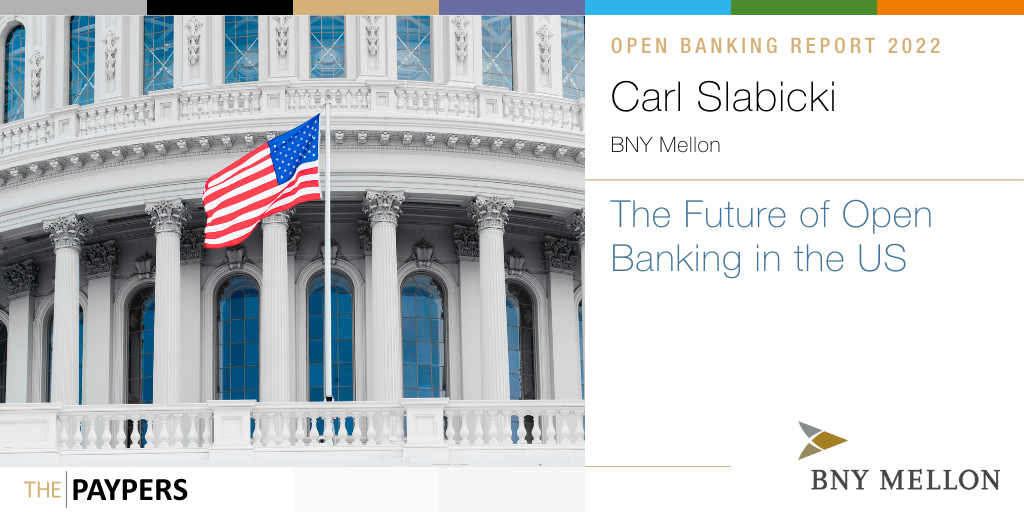
Carl Slabicki, Co-Head of Global Payments, BNY Mellon: As we move towards an Open Banking ecosystem, bankclient relationships are becoming much more two-directional.
How is Open Banking developing in the US?
When people think of Open Banking, their minds will most likely turn to Europe – where regulation has been the primary enabler in its development. In the US, however, it has been evolving somewhat differently. Instead of regulatory drivers, Open Banking in the US is developing organically through market-led initiatives. This has been driven by fundamental changes to the payments landscape.
In recent years, for example, there has been a shift towards instant capabilities and 24/7/365 operating models in the US – developments that have been matched by growing client demand for these services. These changes have fostered greater competition – particularly between banks and fintechs – which has, in turn, played a key role in forging the path towards Open Banking.
One example has been the development and launch of RTP® – The Clearing House’s (TCH) real-time payments network. This was driven, in part, by concerns that traditional banking infrastructures would not be able to keep pace with the seemingly instant capabilities being offered by fintechs. And since the introduction of RTP® – and a host of other bank-led initiatives – the conversation has certainly moved forward. It is no longer a question of competition between banks and fintechs, but a question of how potential partnerships can make each side more competitive.
As this develops, API frameworks are increasingly becoming the standard in most new implementations – and are allowing banks, like BNY Mellon, to seamlessly connect new technologies to existing platforms and processes, and offer Banking-as-a-Service (BaaS) propositions.
How Open Banking is changing the relationship between banks and clients
Previously, the relationship between banks and their clients was often linear: banks would sell a service to their clients, and that client would use the service. As we move towards an Open Banking ecosystem, these relationships are becoming much more twodirectional.
Let’s take the example of bank-fintech partnerships once again. Both sides bring a particular set of skills to the table. Banks perform particularly well in certain areas, such as execution, reconciliation, and security, and fintechs do well in others, including software packages, biller platforms, and consumer-facing applications.
Rather than compete on these services, banks and fintechs are naturally beginning to open up to each other. A bank could, for example, provide payment capabilities to a fintech, which, in return, could provide better consumer-facing capabilities to the bank.
By collaborating with their potential competitors, instead of working against them, both sides can plug any respective gaps in their offering and, ultimately, foster a quicker time to market and an improved consumer experience.
Barriers to the adoption of Open Banking in the US
One of the main barriers is that the API frameworks, which underlie these Open Banking efforts, are still new and not yet standardised in the US market. And the route forward is not a simple one.
If every financial institution were to set up their own API frameworks this would likely be prohibitively expensive – especially for smaller banks – and, ultimately, quite an inefficient way forward. In an ideal world, therefore, an industry-wide, standardised approach would be the best way to keep costs low and ensure a harmonised approach – but this remains a long way off.
As a result, we are currently somewhere in the middle of these two scenarios. As the Open Banking model remains largely untested in the US, many institutions remain unwilling to fully invest in the new technologies. Put simply, many are adopting a ‘wait and see approach’.
This places the onus on the larger banks to create and test frameworks, with a view to showcasing new innovations to those that remain sceptical of Open Banking. As a next step, many of the larger banks, including BNY Mellon, are offering ready-made API solutions to the industry – taking the pressure and cost of development off their clients’ plates.
The future of Open Banking
The trend towards real-time, 24/7/365 services – one of the big drivers of Open Banking in the US – is not going anywhere. With this in mind, I believe that successful collaborations will add competitive pressure to accelerate this trend and if we can achieve greater standardisation of API frameworks, it will only further enable greater scale across the market for these types of models to flourish.
In this world, partnership models are going to become more common¬place, with banks and fintechs using APIs to connect with their clients – and each other – to plug gaps in their offerings. The idea of creating each and every solution in-house will become a thing of the past – and allow each market player to innovate in their respective areas of expertise. And, for the end consumer, these developments, as made possible by Open Banking, will help create capabilities that are more accessible and provide a better front-end experience. There is still a long way to go for most of the market, but it’s promising that there are already many early success stories that show we are certainly on the right path.
This article has first been published in the Open Banking and Open Finance Report 2022. Click here to download the report.
About Carl Slabicki
 Carl Slabicki is the Co-Head of Global Payments for BNY Mellon’s Treasury Services. Carl is responsible for the Payables and Receivables product group that delivers specialised solutions to optimise payment flows for our multi-segment corporate clients, our bank clients in a white-label capacity and our strategy to partner with fintechs.
Carl Slabicki is the Co-Head of Global Payments for BNY Mellon’s Treasury Services. Carl is responsible for the Payables and Receivables product group that delivers specialised solutions to optimise payment flows for our multi-segment corporate clients, our bank clients in a white-label capacity and our strategy to partner with fintechs.
About BNY Mellon
 BNY Mellon is a global investments company dedicated to helping its clients manage and service their financial assets throughout the investment lifecycle. Whether providing financial services for institutions, corporations or individual investors, BNY Mellon delivers informed investment and wealth management and investment services in 35 countries.
BNY Mellon is a global investments company dedicated to helping its clients manage and service their financial assets throughout the investment lifecycle. Whether providing financial services for institutions, corporations or individual investors, BNY Mellon delivers informed investment and wealth management and investment services in 35 countries.






